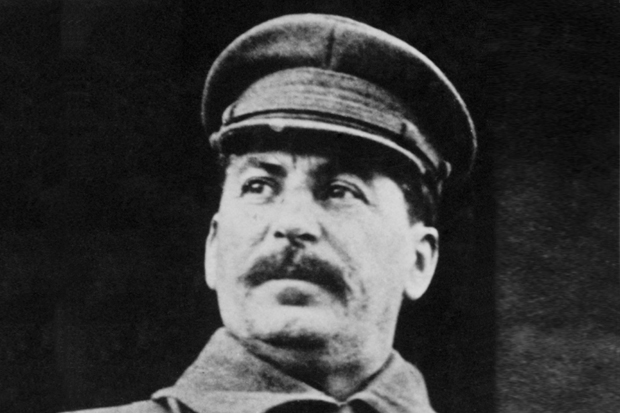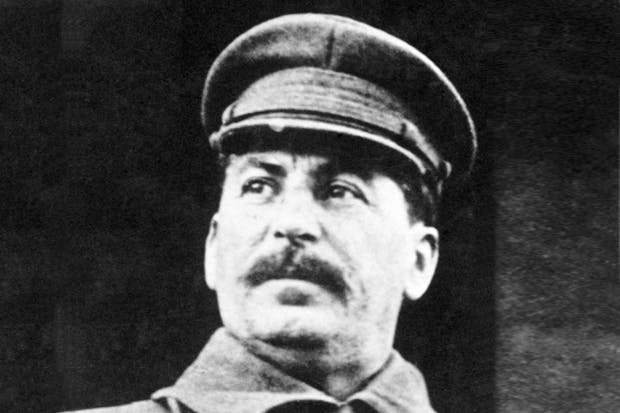I am in John Howard’s corner rather than Tony Abbott’s on the great question of knights and dames. But the only people who work themselves into a lather on the issue are journalists and Labor politicians. The public at large does not care strongly one way or the other. They take it for granted that politicians call themselves ‘Honourable’ and lawyers get to be QCs. I doubt that Abbott will lose votes on it. He may even win a few.
Partisans in the 18C debate would do well to take a look at the exhibition of old cartoons in the Fountain Gallery of the NSW Parliament House. They are by artists ranging from Norman Lindsay to Thea Proctor and appeared mainly in the Bulletin 100 or more years ago. They are from the Moffitt Collection of the late Herbert Moffitt, himself a cartoonist although his day job was a judge in the Workers’ Compensation Commission. The exhibition is a reminder of a more robust era when cartoonists were not yet hobbled by political correctness.
The curator of the exhibition is Janine Sager who also wrote the informative catalogue. I have only one quibble with her commentary. One of the jokes is labelled ‘Unclean Animal’. A coarse ‘Cockatoo Jimmy’, who bolts his food off his knife, says to his fellow diner: ‘You look as if you were goin’ to eat me.’ The more refined ‘Isaacs’ replies: ‘Don’t be afraid of that, old chap. My religion wouldn’t allow me.’ Sager’s comment is that the Bulletin was ‘notoriously racist’ and anti-Semitic. This seems to me too heavy a burden to lay on some light-hearted banter. Those were the days of popular comic stereotypes — stingy Scots, dopey Pommies, ‘mine-tinkit’ Aborigines, pitiless wowsers, prolific Catholics and thick Aussies. Sager concedes that there ‘weren’t many races, creeds or colours, if any, that escaped’ the Bulletin’s jokesmiths. The jokes were usually good-humoured and helped diverse immigrant peoples rub along together and form a nation. They would all have been actionable under 18C.
For those old enough to remember it, the fall of Saigon was 39 years ago this month. It marked the first war in which Australia was on the losing side. For younger generations it all seems ancient, boring, incomprehensible. Perhaps only the horrific photographs — of massacres, executions, self-immolations, and of terrified Vietnamese clinging to the skids of the last helicopter out of Saigon — stick in the memory.
Now four decades later and following the recent completion of the ninth and final volume of the Official History of Australia’s Involvement in Southeast Asian Conflicts 1948-1975, we have what amounts to a summary of those nine volumes by their general editor Peter Edwards. The underlying theme of his Australia and the Vietnam War contrasts Australia’s role in Malaya (in the Emergency and Confrontation) with our role in Vietnam. The first was successful, the second ended in defeat. The first was short, cost little in blood or treasure, relied on volunteers and had bipartisan parliamentary support. The second lasted ten years, deployed conscripts and provoked deep, bitter and continuing divisions in Australia. The critics totally rejected the two foundations of Australia’s Vietnam strategy. One was the domino theory that a Communist victory in Vietnam would entail the subsequent fall of the other Southeast Asian states and beyond. The other was the conviction that the mighty United States was unbeatable and that the American alliance — as the best insurance for Australian security — mandated we pay a premium. (‘All the Way with LBJ.’) But the United States was beaten and the dominoes did not fall. So were we totally wrong?
Edwards is not so sure. If Saigon had fallen in 1965 and not 1975, the dominoes might well have fallen. Certainly almost all of the Southeast Asian leaders in Thailand, Malaysia, Singapore, and Indonesia after Sukarno, thought so. They used those ten years to strengthen their defences to ensure they did not become dominoes. The lesson of the defeat for Australia is not that we should renounce the American alliance but that we be more cautious, critical and self-reliant. The American alliance remains our best insurance policy. We should continue to pay the premiums. Edwards’s book tells a complex story clearly and judiciously. Highly recommended.
Ukraine is a special case. The great British historian Norman Davies now visiting Australia met Vladimir Putin in Smolensk in April 2010. It was the famous occasion when Putin publicly acknowledged the Soviet murder of thousands of the Polish elite in the nearby Katyn woods. Putin genuflected at the memorial and blamed Stalin for the massacres. In conversation with Davies, he intimated that he had ‘written Poland off’. It may have once been a Soviet satellite; it had never been part of the USSR. It is not now part of his territorial ambitions. But Ukraine is different. It had been a Soviet republic. When pressed, in Australia, about the future, Davies was cautious. A free and independent Ukraine would be more secure if it were in Nato like, say, Estonia. But it isn’t. Even so, the military cost of extinguishing Ukrainian freedom would probably be too high a price for Putin to pay. But he required it to remain in the Russia’s Near Abroad.
Last week I reported that Peter Sculthorpe had composed the score for Garry Shead’s new film In the Steps of Lawrence. In fact Annette Golden wrote the original score and Sculthorpe provided excerpts from The Fifth Continent.
Got something to add? Join the discussion and comment below.
Get 10 issues for just $10
Subscribe to The Spectator Australia today for the next 10 magazine issues, plus full online access, for just $10.













Comments
Don't miss out
Join the conversation with other Spectator Australia readers. Subscribe to leave a comment.
SUBSCRIBEAlready a subscriber? Log in